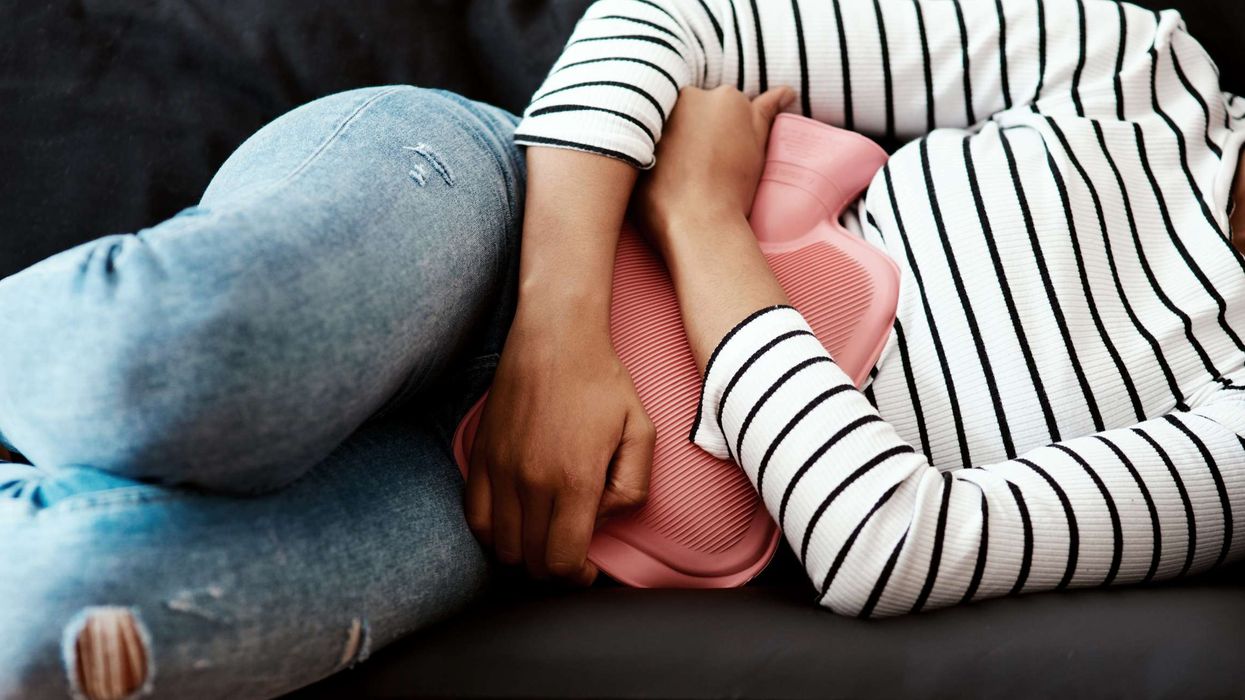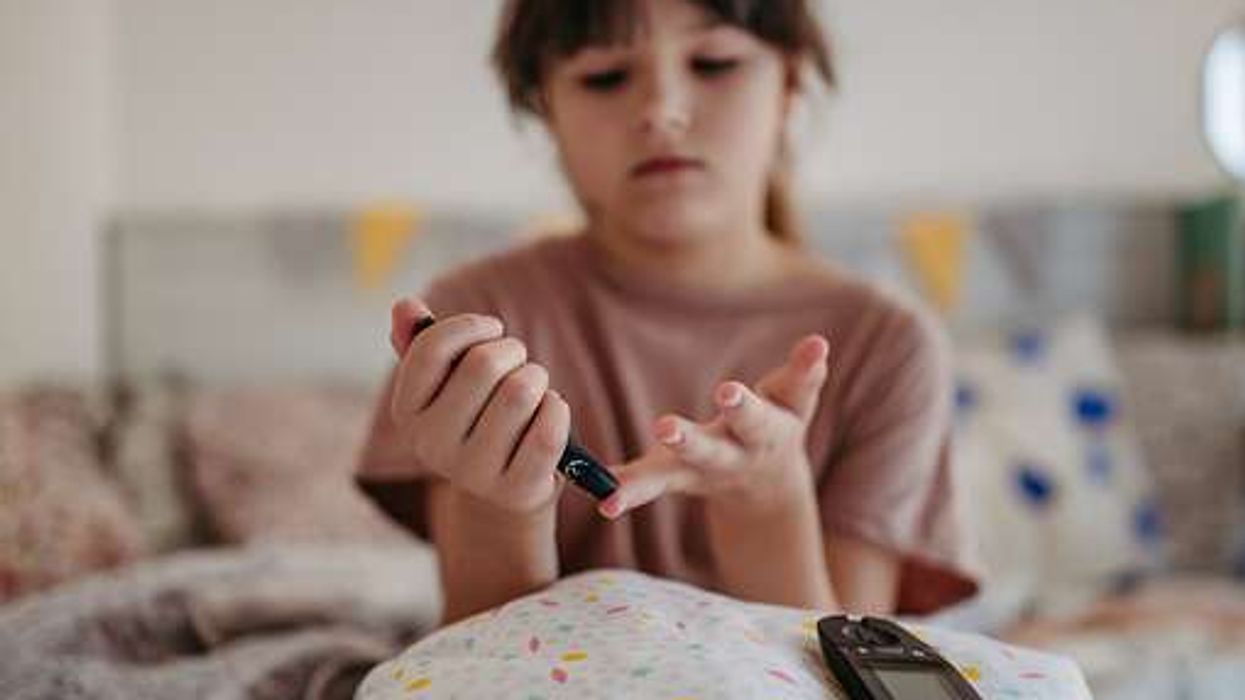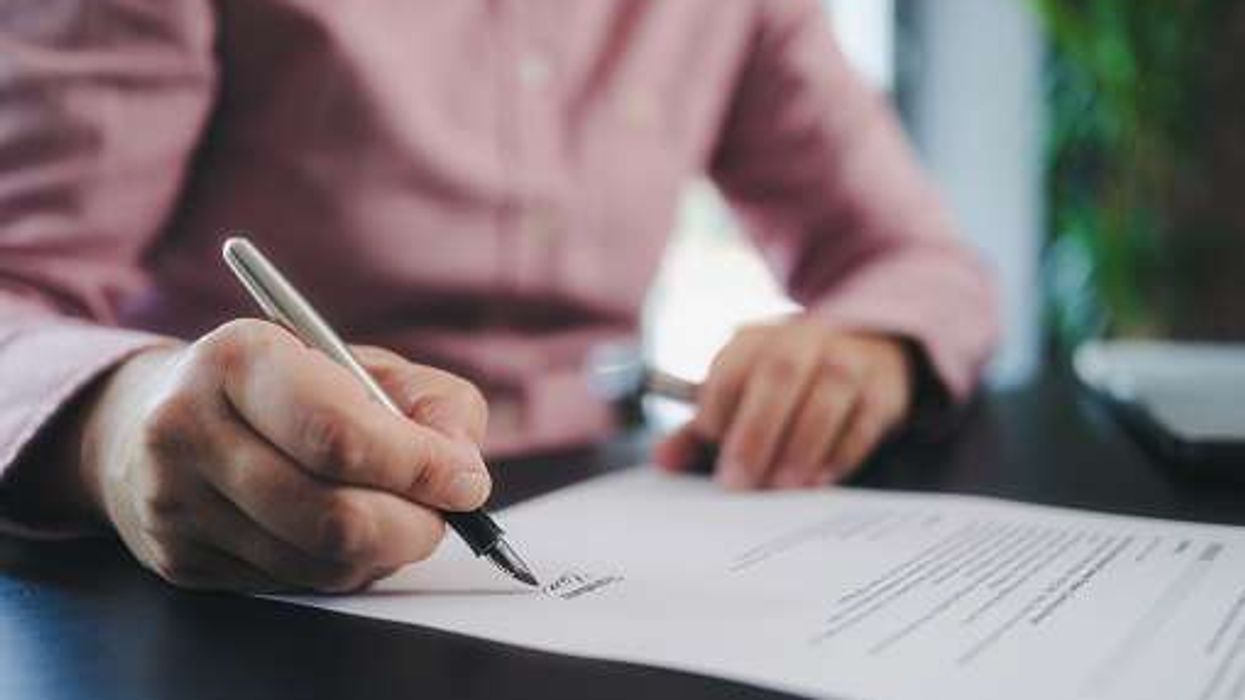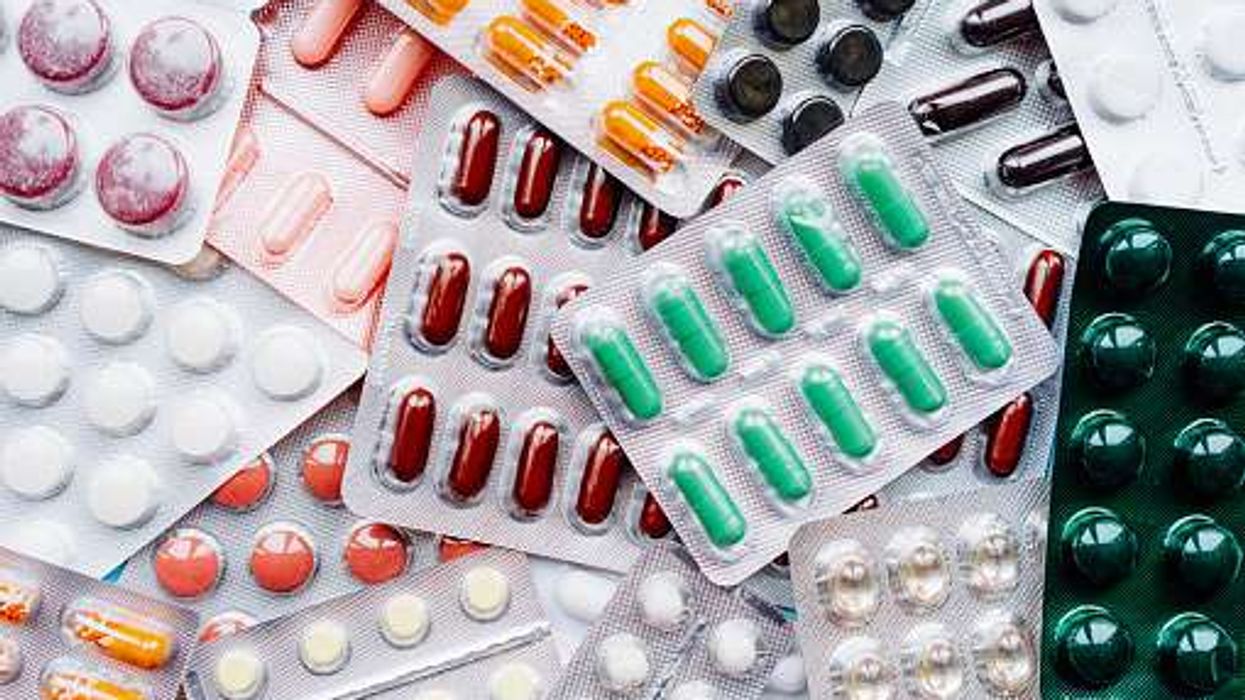Harpreet Guraya recalls the everyday racism she faces on the frontline of community pharmacy and argues for better ethnic representation in healthcare to address issues of trust and inequalities….
Just recently, my social media was abuzz with various South Asian personalities encouraging us to accept the Covid-19 vaccine when it is offered. Various resources have been produced in a multitude of languages.
Vaccine myths, for example whether it is halal or vegetarian or vegan have been debunked. The latest data has revealed that British people from a South Asian background are up to five times more likely to die from Covid-19 than their white counterparts.
Ethnic inequalities in health and wellbeing existed in the UK before Covid-19 but the pandemic has made these disparities even more apparent. Discrimination within the NHS has contributed to a significant lack of representation at the leadership level.
An example of this is London, which has the most diverse workforce but the least diverse leadership. The NHS Workforce Race Equality Standard (WRES) programme has been included in the NHS standard contract to help close the gaps between white and BAME staff experiences and opportunities.
It is fundamental that leaders have conversations with their BAME staff about what their experiences at work are really like and how inclusive their organisation is. Accountability and transparency is crucial to impact on behaviours and ultimately decision-making.
I’ve had my vaccine. I encourage all my work colleagues, friends and family to get it too. This is something we can, at least, have some element of control over.
The things we don’t often have control of however, include inappropriate remarks deemed as standard practice within society. As a British South Asian person, we get asked questions that our fellow white friends do not get asked. Often these are along the lines of:
“Where are you from?”
“No, but where are you actually from?”
(and no, they don’t mean which part of England)
“Wow your name is so exotic, what does it mean?”
“Can you speak Indian?”
And we get used to it.
From a young age we become aware of the fact that we are different. And so, with time, I, like we all have, have become well versed in answering these questions. Although my passport is British, I don’t look “British” (although one may question in modern day Britain, what does British look like?).
Even if I changed my name and dyed my hair, the colour of my skin would still allow for these questions around my identity. Yes, I was born in this country, but there will always be instances where my belonging to this country will come into question.
One such instance was just the other day, on a regular working day in pharmacy. It was a busy Friday afternoon, we were short of a member of staff, and we had a young man come in asking to use the needle exchange service.
As we had no one in that was trained in the service, I told the counter assistant to let him know we had no one available to do it. This delightful young chap, then decided to point at me through the glass barrier and then at his mask (which I then realised had the Union Jack on), shouting “You won’t do it cos I’m wearing this, isn’t it?”
Now, a flurry of rage shot through me. Here we go again, I thought. I’m the only non-white person in the room. Of course, I’m going to be singled out. But I won’t allow for it. No matter how much foul language you use, I will not tolerate it.
He was barred and told to leave the pharmacy, and if I could have identified him, I would not have shied away from ringing the police. I know my rights. I too, am a British citizen. Despite being questioned, time and time again, on my loyalties and ties to this country.
Only a few months ago, another such instance transpired where I was questioned on my identity and belonging. That, again, was at work, but by an older man from a higher socioeconomic background.
There was no foul language and no raising of the voice. It was calm and polite. But the undertone was the same. I was not from here. The calmness of the situation almost made it that much more shocking and abrasive.
Multiple times I have been described as the ‘South Asian’ or ‘coloured’ or ‘ethnic’ pharmacist.
Countless times, patients have spoken to me in a way they would not have done had I looked white. This includes spelling out common words, enunciating really slowly or often assuming that I am not the pharmacist.
Once, as a student, I was on a metro journey with a friend who was chatting to a fellow passenger. Although I was sat with my friend, this man did not once talk to me despite me joining the conversation in my perfectly good English.
At the end of the journey, he turned to me and said “Sorry, I don’t know how to say bye in your language”.
I know my experiences are so very mild in comparison to the experiences of my parents’ generation. I have heard of how they lived in fear. They hoped for a better future for us, the children of immigrants. They contributed to society, they learnt the language, they paid their taxes and built their businesses.
Many South Asian people have grandparents and great grandparents who fought in the two World Wars. They fought for Britain.
They shed their blood for a country foreign to them. They shed their blood for a country who had occupied their own and enslaved their homeland. They fought side by side with people of all colours. All fighting, for Britain.
I wonder if they were ever questioned whether they were British? This side of history is never taught in British schools or thought to be relevant to the curriculum. A contributing factor perhaps, to the clear racial bias observed throughout society.
It is paramount that the colour of our skin should have no impact on our perception and value as healthcare professionals, both within the workplace and within the general public.
Increased BAME representation is vital to heightening trust in the health system for these communities. I have no doubt further instances of discrimination will continue to occur in my lifetime but my only hope is that we work together as a community to build inclusivity and equalities in all walks of life.
Harpreet Guraya is a superintendent pharmacist based in North East England.











